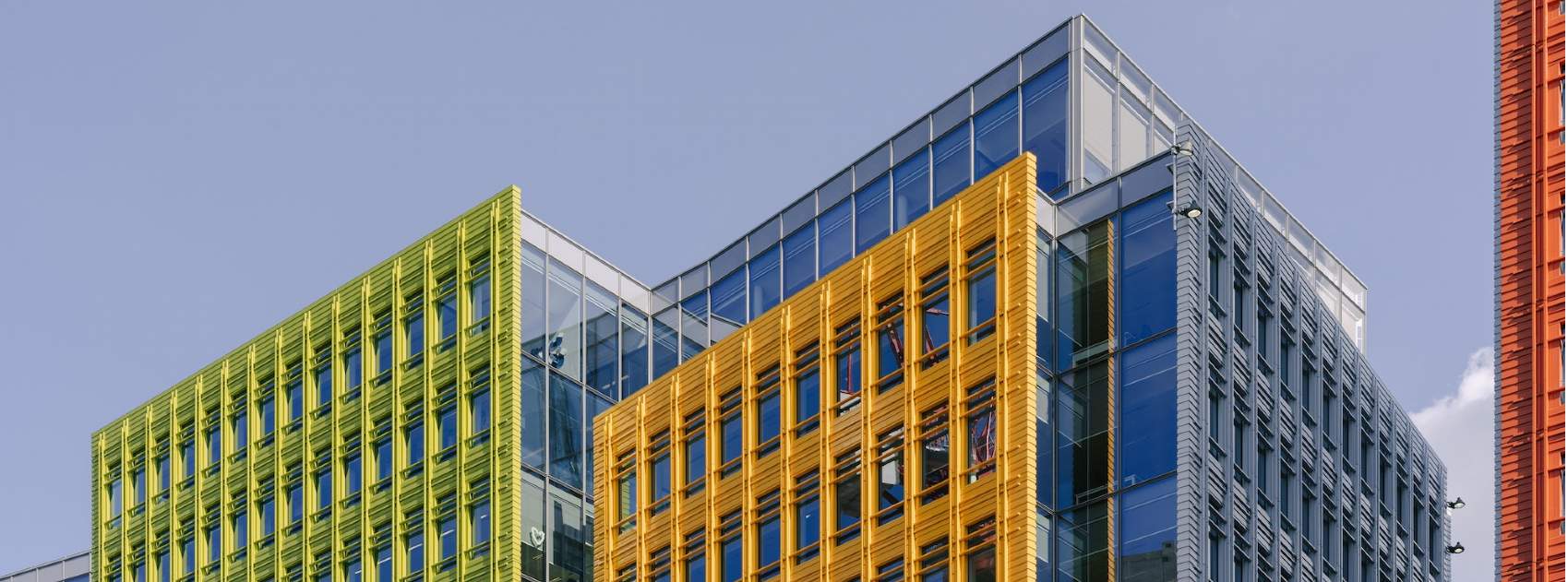With the pressure on businesses to meet net zero targets ahead of the UK Government’s 2050 deadline, developers are looking to reduce the carbon footprint of buildings, raising the question of whether to revive existing stock or to start from scratch from the bottom up.
Demolishing an existing building and constructing new will have a considerable impact in terms of embodied carbon emissions and is coming under increased scrutiny in local and national policy. Despite this, it often presents the greatest opportunity for operational efficiency.
Conversely, keeping a building intact reduces the upfront carbon impact but the operational emissions are likely to be much higher. This is reflected in market sentiment resulting in sustainable retrofit and refurbishment often prioritised over new development.
An understanding of the relative cumulative CO2 emissions is therefore key to evaluating the carbon credentials of a development proposal. Whether that is through ESG-focused technical due diligence, net zero carbon roadmaps, engineering and material interventions through to the design and management of a retrofit.
To enable widespread adoption of this approach we need a whole life carbon hierarchy, an overall understanding of a building’s carbon impact – similar to the energy hierarchy widely adopted in planning policy – to be able to accurately measure total emissions impact of a building at the decision making process. As it stands, there’s a clear gap in both the legislation and planning.
Additionally, whole life carbon needs to be reflected within building regulations, with limiting values for kg/CO2/m² legislated for in the same way that operational energy is.
According to the American Institute of Architects, renovation and reuse projects typically save between 50-75 per cent of the embodied carbon emissions compared with constructing a new building. As energy efficiency and grid decarbonisation drive down operational emissions, the balance has shifted even further to embodied impacts. The whole aspect of embodied carbon means that developers are starting to look at the value of reviving a building and thinking longer term when planning.
A report by UK Parliament's Environmental Audit Select Committee, released in May, called Building to net zero: costing carbon in construction makes several recommendations to government including a mandatory requirement to undertake whole-life carbon assessments for buildings set within building regulations and planning.
The UK Government needs tougher planning policies surrounding sustainability and to prioritise net zero in its decision making. Initiatives such as consistency in green lending, VAT cuts on green refurbishment, planning Section 106 obligations to mitigate the impact of a property when planning, and levy charges are all levers that can be pulled to encourage positive change within the industry.
There has never been such a coordinated message from the property industry about what ‘good’ looks like when it comes to sustainability, but clearer policy and regulatory motivators are needed to make it a reality.


-be-a-significant-emerging-asset-class-in-europe(1).jpg)
.jpg)
.jpg)
.jpg)




.jpg)